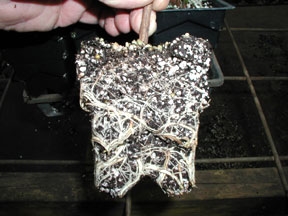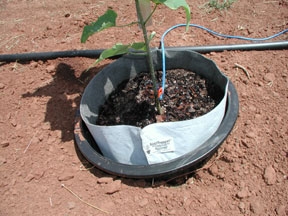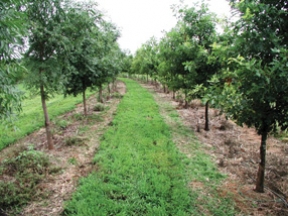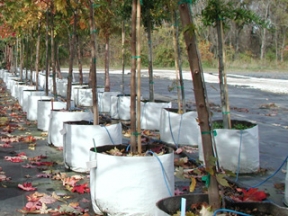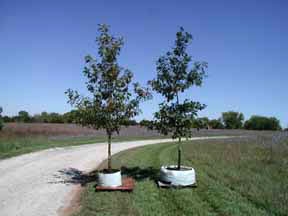The use of RootMaker® Products has allowed Ellenby Tree Farm to decrease production time over the traditional smooth walled containers, decrease wasted and rejected trees and improved on the quality of trees produced to make Ellenby Tree Farm one of the Leading Tree Suppliers in Australia.
The Original Root Pruning System
Changing The Way Plants Are Grown
The Rootmaker System: How It Works
RootMaker® products are designed to create fibrous, non-circling root systems horizontally and vertically at all phases of production to equip plants for transplanting success. Our products aren’t just “containers” but rather root production tools. Each step complements the next, building upon the previous fibrous root system.
Benefits of Air-Root Pruning with RootMaker

Enhanced Root Structure

Healthier, Faster Growing Plants

Greater Efficiency Absorbing Water & Nutrients
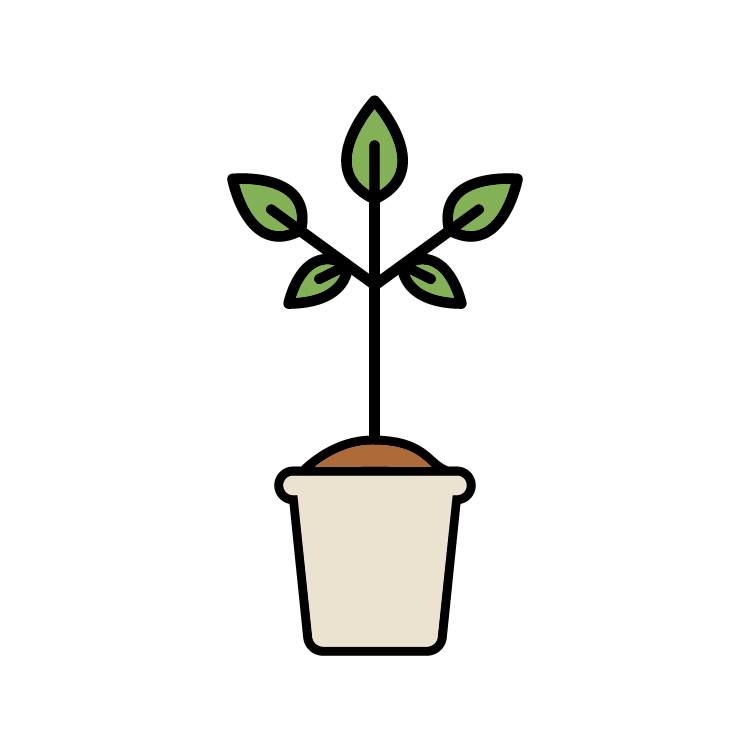
Better Adaption when Transplanted

Superior Plant Performance
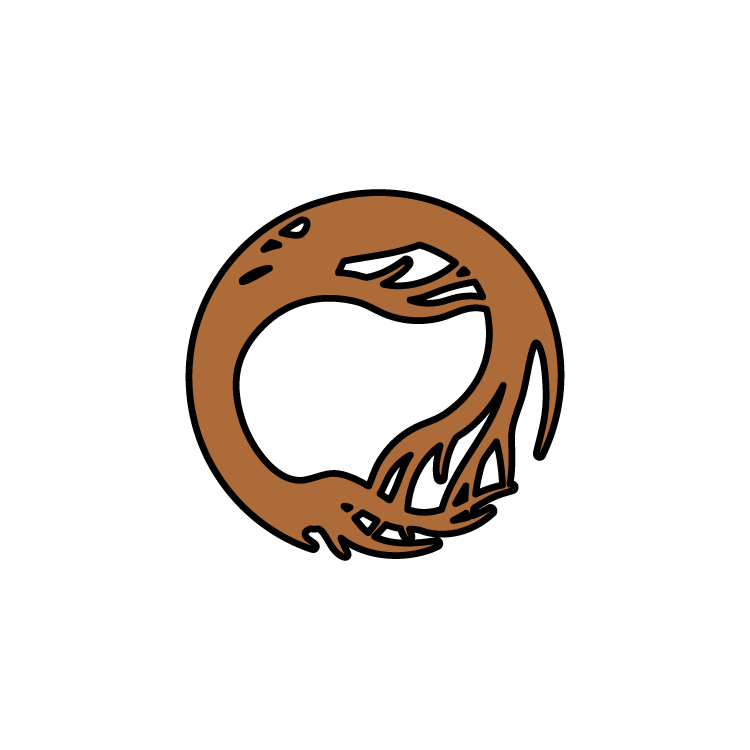
Eliminates Root Circling
What Our Growers Say
Ellenby Tree Farm, Australia
I have been using Carl Whitcomb’s RootMaker® Products for 20 plus years. I believe that this is the best growing system out there and believe me I am always looking.
Conner Shaw, Possibility Place Nursery, Illinois
I use RootMaker® because I think it’s the best tree-growing technology on the market, and I stick with RootMaker® because the staff are so genuinely knowledgeable, helpful, and interested in conservation.

